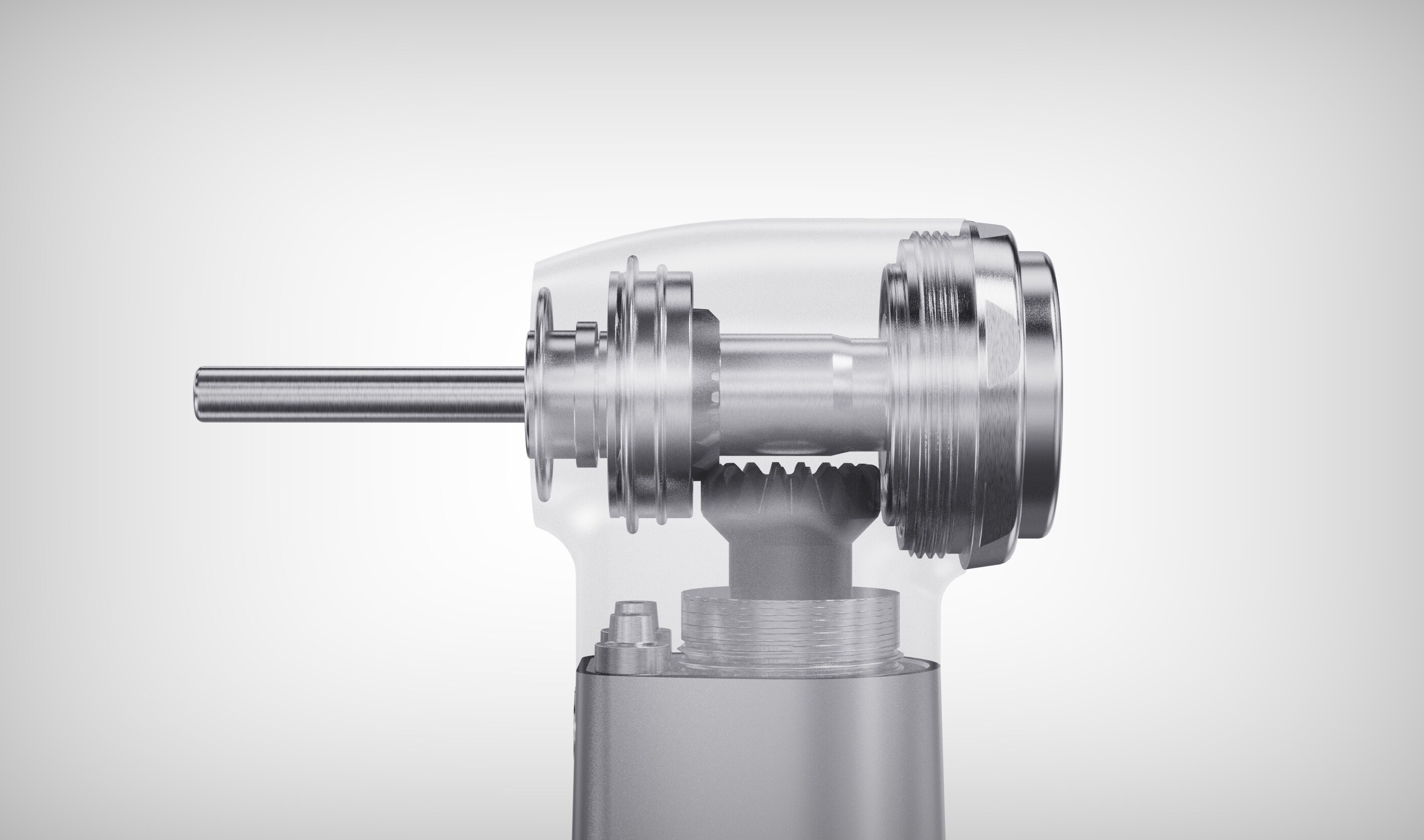Njehie usoro email
emailCannotEmpty
emailDoesExist
pwdLetterLimtTip
inconsistentPwd
pwdLetterLimtTip
inconsistentPwd

Ububo

Onye na-azụ ahịa na-ewu ewu nwere ike ịkpalite nyocha nke ọgwụ AI

Ai na-ahụ maka ahụike Ai: A na-ewu ewu na ụlọ ọrụ China
Na nnwere onwe na nkwado nke amụma, ahịa na-achọ maka nchọpụta AUXIARY na ngwaahịa na-abawanye. Na ahịa sọftụwia nke China AILAN's AI na 2020, oke ahịa nke CDS bụ 29.8%, na ahịa onyonyo nke AI bụ 7.1%. It is predicted that the market size of AI medical imaging will exceed CDSS for the first time in 2023 (this year), becoming the most popular product category in the core software of AI medical. According to data prediction, the artificial intelligence medical imaging industry in China is expected to increase from RMB 300 million in 2020 to RMB 92.3 billion in 2030, with a compound growth rate of 76.7% in these ten years. It is worth mentioning that the AI medical imaging market has a high growth rate, a high capital aggregation degree, and the best chance to achieve commercialization first.
Ntughari iwu na-akwado Ai Ahụike
Regulatory enforcement must be heightened in order to support the development of AI healthcare, which covers aspects of medical care, sciences, and production. The combination of artificial intelligence and healthcare not only requires high technological demands but also tests against real-life scenarios. Ọbụna na ngwaahịa ndị tozuru etozu etolite, ihe mgbu na-arụ maka ụlọ ọrụ niile bụ otu esi eme ngwa ngwa ịmata ahụike dijitalụ. Iji hụ na azụmahịa ka mma, ihe dị mkpa bụ na mkpokọta ngwaahịa AI ahụike.
Ụlọ ọgwụ ọnụ na-achọ ka AI ngwaọrụ
Data shows that between 2019 and 2021, the tendering amount for AI healthcare imaging was over 10 million yuan in the tertiary hospitals in 2019 and 2020. It was affected by the impact of the outbreak detection needs and the wide audience of the lung imaging products, yana ntozu oke nke teknụzụ mmepe. Ego a na - emepụta nke AI Complence maka ngalaba nke ngụgụ n'oge ọnụ ọgụgụ 46 ruru 12.96 nde Yuan. Cardiovascus, nke zuru oke, na ọrịa ụfọdụ bịara mgbe nke a gasịrị. Dabere na data ahụ, ihe dị mkpa maka ngwaọrụ Ai HealthCare sitere na ụlọ ọgwụ ụlọ akwụkwọ. Ọ ka nwere oge niile na ụlọ ọgwụ ndị dị ala, ụlọ ọgwụ obodo, na ihe ndị dị.
AI Anya na-erute ụlọ ọrụ ahụike
Uru nke AI ugbu a bụ na enwere ụdị ọnọdụ ọdịda maka ụlọ ọrụ. Ma ọ bụ nsị na-eche echiche, na-eche n'echiche obi, ma ọ bụ thoracic iche echiche, ọ dị mkpa ka a ga-etinye nnukwu ngwaọrụ ngwaike. N'ozuzu, ha ga-ahọrọ ụlọ ọgwụ ụlọ ọgwụ. Okporo anya ai bụ ọbụna wider na ọnụ ọnụ dị ala nke igwefoto anya ngwaike. Ọ gaghị enwe ike ịhọrọ ụlọ ọgwụ ụlọ ọgwụ kamakwa imebi ụlọ ọrụ ahụike ahịhịa ma ọ bụ na ọnọdụ ahụike ndị ọzọ buru ibu, si otú a na-achọpụta na-emekọ ihe ike usoro ọgwụ. Nke a bụkwa otu n'ime ihe ndị dị mkpa kpatara AI Anya pụtara n'ahịa ọgụgụ isi na-eche echiche ọgụgụ isi.
Inshọransị ọgwụ na-ejikọ nlekọta ahụike Ai na ntụkwasị obi
On the other hand, in order to achieve the wide-spread application of AI medical care, medical insurance may be the best trust anchor connecting AI medical care with hospitals and patients. While implementing medical insurance to escort AI medical care, relevant departments also need to consider how to regulate digital treatments, which is an important part of the future health development of the industry. In particular, since AI equipment is software-based, it is necessary to face the characteristics of the Internet industry, such as rapid product iteration, all of which need to be carefully verified and can even require re-registration and have a great impact on ụlọ ọrụ. This requires the regulatory departments to think about how to define digital treatment products, quickly form corresponding data security standards and industry-related regulations for medical big data, and regulate the legal status of medical data.
In conclusion, it can be anticipated that artificial intelligence technology is still in its growing stage, and there are still many details to be optimised when it comes to the medical field, especially for pursuing innovations and breakthroughs and exploring more combinations of models and scenarios. Nlekọta Ahụike AI bụ mkpọda ogologo snow. It is hoped that with the support of artificial intelligence technology, the intelligent medical care industry will face more opportunities, launch more quality and convenient medical equipment to serve the public, and thus promote the high-quality development of China’s medical cause.

